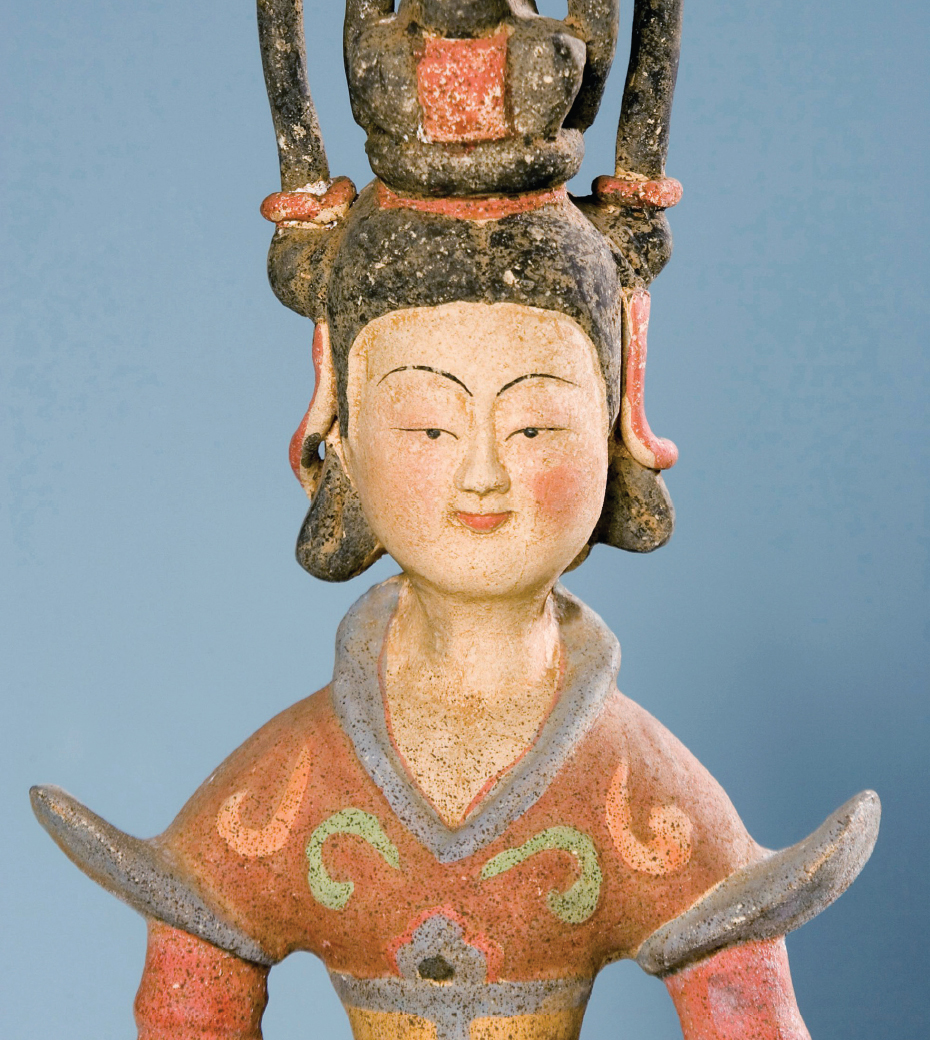Introduction for Chapter 7
7 East Asia And the Spread of Buddhism 221 B.C.E.–800 C.E.
> How did China come to play a dominant role in the development of East Asia? Chapter 7 examines major developments in East Asia between 221 B.C.E. and 800 C.E. At the beginning of this era, China had just been unified into a single state. War, trade, diplomacy, missionary activity, and the pursuit of learning led the Chinese to travel to distant lands and people from distant lands to go to China. Among the results were the spread of Buddhism from India and Central Asia to China and the adaptation of many elements of Chinese culture by near neighbors, especially Korea and Japan. Increased communication also stimulated state formation among China’s neighbors: Tibet, Korea, Manchuria, Vietnam, and Japan.

LearningCurve
After reading the chapter, use LearningCurve to retain what you’ve read.
| ca. 230– |
372 C.E. |
| Construction of Great Wall | Buddhism introduced in Korea |
| 221 B.C.E. | 538 C.E. |
| China unified under Qin Dynasty | Buddhism introduced in Japan |
| 206 B.C.E.–220 C.E. | 581– |
| Han Dynasty | Sui Dynasty |
| 145– |
604 C.E. |
| Sima Qian, Chinese historian | Prince Shōtoku introduces Chinese- |
| 114 B.C.E. | 605 C.E. |
| Han government gains control over Silk Road trade routes across Central Asia | Introduction of merit- |
| 111 B.C.E. | 618– |
| Emperor Wu conquers Nam Viet | Tang Dynasty; great age of Chinese poetry |
| 108 B.C.E. | 668 C.E. |
| Han government establishes colonies in Korea | First political unification of Korea under Silla |
| 105 C.E. | 690 C.E. |
| Chinese invention of paper | Empress Wu declares herself emperor, becoming the only Chinese woman emperor |
| ca. 200 C.E. | 710 C.E. |
| Buddhism begins rapid growth in China | Nara made the capital of Japan |
| 220– |
735– |
| Age of Division in China | Smallpox epidemic in Japan |
| 313– |
845 C.E. |
| Three Kingdoms Period in Korea | Tang emperor begins persecution of Buddhism |